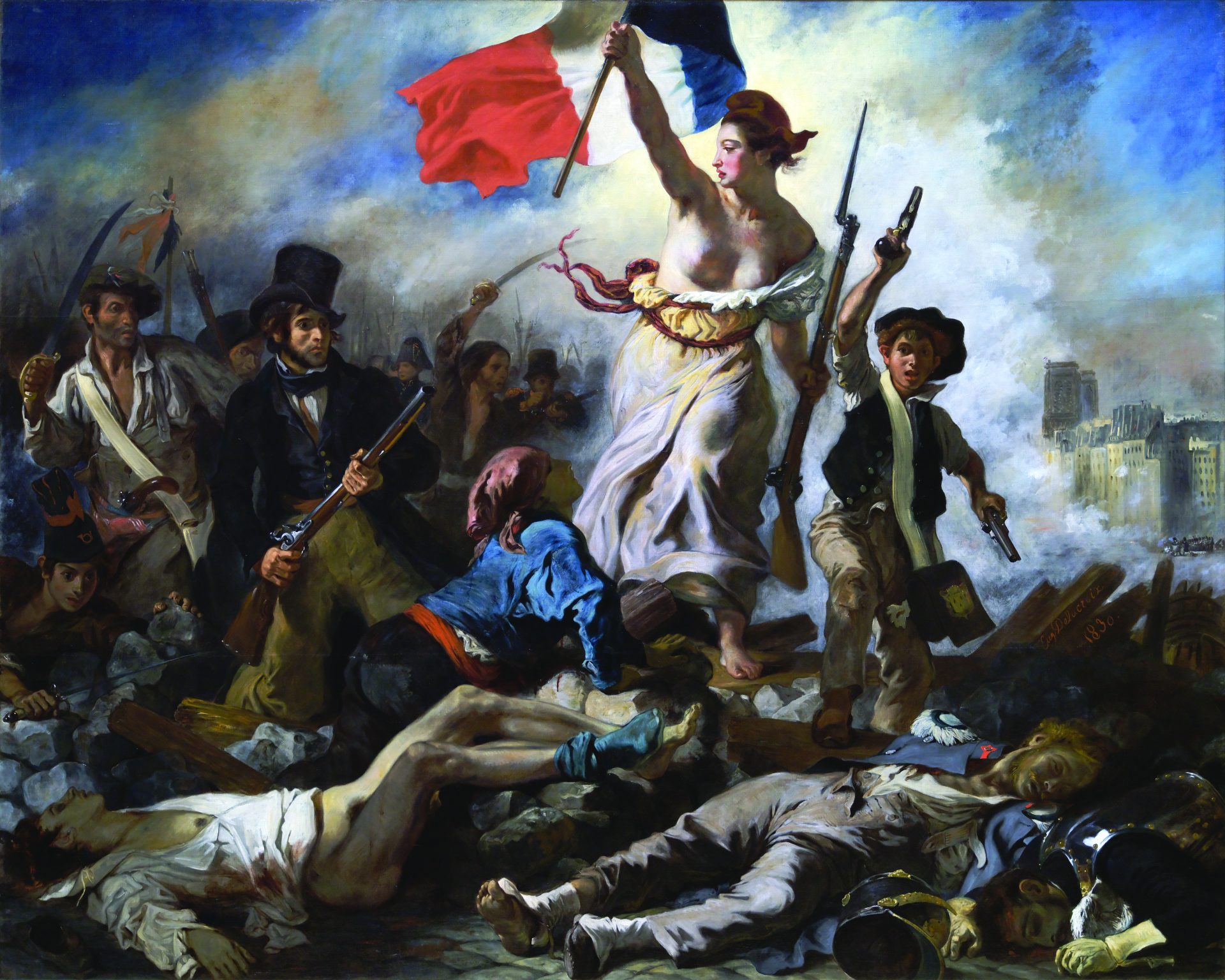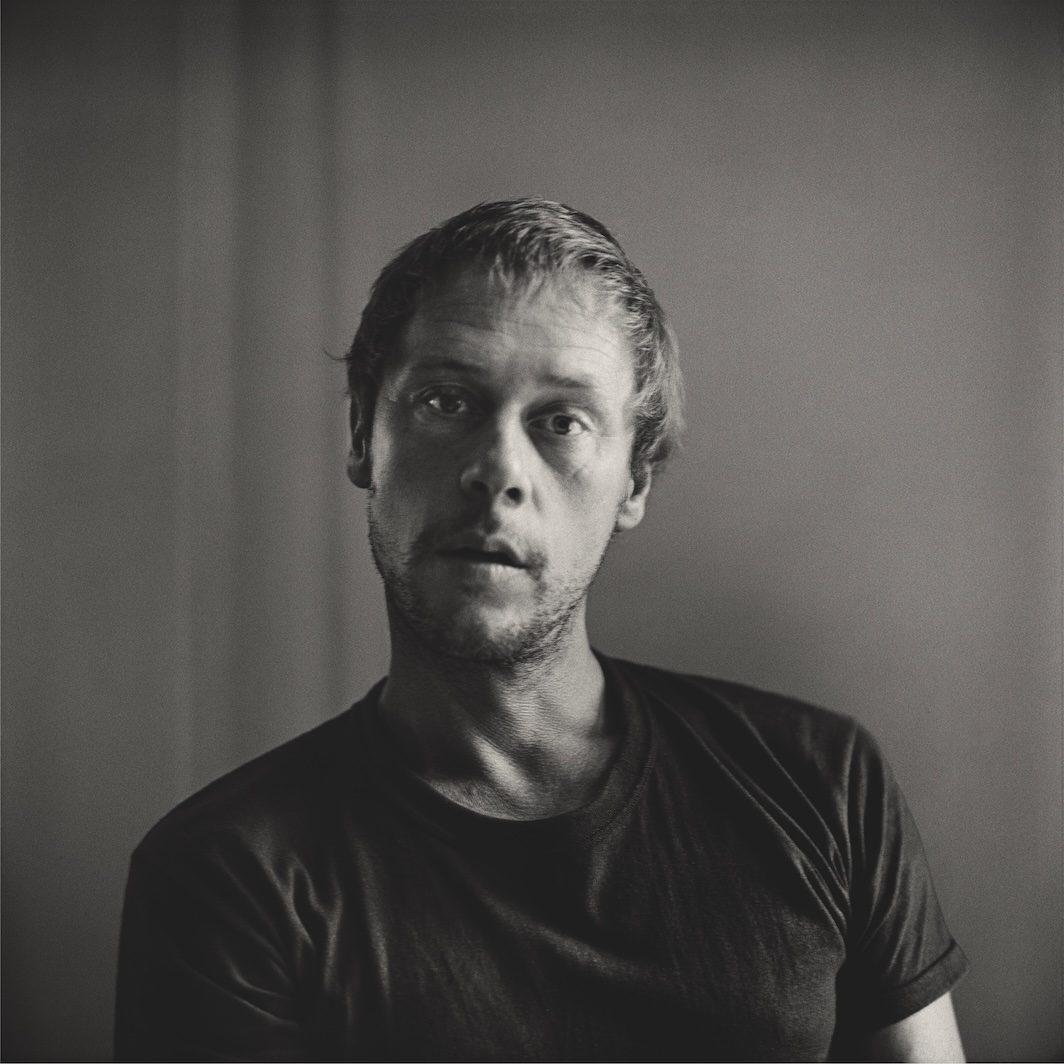
Each of Stacey D’Erasmo’s three psychologically intricate novels begins with a crisis. In Tea, her 2000 debut, an eight-year-old girl is asked to bring a cup of tea to her mother, who is taking a bath; when the next section opens, we come to understand that the woman has since committed suicide. In A Seahorse Year (2004), a San Francisco couple cope with the disappearance of their teenage son, who has ominously left a knife stuck into the floorboards of his room; they soon learn that he is schizophrenic. Now, in The Sky Below, D’Erasmo starts with a trauma that is more subtle—a young boy named Gabriel is abandoned by his “sad brown bear of a father”—but its effects prove no less devastating. Gabriel’s blunt first-person story recounts his struggle to understand himself as a son, a brother, a gay man, and an artist, all while trying to recapture a lost period of childhood happiness.
When we meet Gabriel, he lives with his parents and older sister, Caroline, in a house in Bishop, Massachusetts, on a cul-de-sac called Tinker’s Way. The reader understands that the house is run-down, with a tilting roof and missing bricks in the walkways, but to Gabriel, it is steeped in an atmosphere of mystery and magic created by his flighty, animated mother. Mary, a former dancer, overshadows her doleful and mostly absent contractor husband. She clears the floor each Christmas to build what Gabriel and Caroline call the City, an endlessly mushrooming structure made from wrapping paper and paper-towel tubes. Mary drapes raspberry-colored silk over her son’s bed to form a tent and reads to him most nights from Ovid’s Metamorphoses, tales in which ordinary people are transformed after they “stumble into the wrong grove” and “get into trouble with Diana or Zeus.” Gabriel is particularly transfixed by Tereus, a young man “midway between warrior and bird, his hair a bird’s crest, his nose a beak, but his hands and body still mostly human.” The promise of transformation represented by Tereus—his ability to be two things simultaneously, or one thing constantly on the verge of becoming something else—becomes a touchstone for the boy.
After the father leaves for good—his note reads, “Have to go. You keep Gabriel and Caroline”—Mary moves the family to Brewster, Florida, where she takes a job managing a motel. There, Gabriel’s adolescent life goes off the rails. He becomes friends and then business partners with an overweight girl who works as a drug dealer, and begins turning tricks in the men’s room of the bus station. He saves money with the goal of buying back his childhood home—“the old house locked in the ice up north”—but when his mother discovers his drug profits, a rift develops between them. Gabriel leaves for art school in Arizona, where he spends all his time creating Joseph Cornell–like boxes, and eventually makes his way to New York City, where he gets a job writing obituaries for a failing newspaper in lower Manhattan—“the city of the dead,” as he calls it, post-9/11.
Eventually, a certain stability beckons, in the form of a relationship with a kindly Hungarian financier, but because Gabriel is haunted by his father’s desertion, he can’t feel content. When he is diagnosed with a “lazy cancer,” a potentially fatal blood disease, he runs off to Mexico, the place he thinks his father might have ended up. There he joins a bizarre convent, becomes sexually involved with a woman, and spends time standing in a “sacred tree” while wearing a set of enormous wings. The book is punctuated by surreal episodes in which Gabriel believes he has been “touched” by the gods and goddesses of Ovid—first when he is surrounded by birds in a Florida swamp, then when he is charged by a herd of bulls in Arizona, and then, most outlandishly, when he actually seems to become a bird. Gabriel produces an egg in Mexico (“the shell was quite thick, bright white, slick with a light smear of blood”) out of an abscess in his thigh. Each of these moments marks a progression in his life, from one way of understanding the loss of his father to the next, and the final one permits him to purge himself of his toxic parental resentment for good.
D’Erasmo succeeds in incorporating these hallucinatory episodes into an otherwise realistic narrative because of the intimate idiosyncrasy of Gabriel’s voice. Her neologisms and elegant similes are as distinctive and emotionally resonant as those of Virginia Woolf and Marilynne Robinson: A day when some transition is in the air is “cuspy and painful.” Bob Dylan’s voice, on the records that Gabriel’s mother listens to over and over after her husband leaves, sounds “like a sarcastic tree stump or some kind of enchanted troll lurking under a bridge.” A wizened woman has a “tiny, scrickety lap, like a bird’s nest.” D’Erasmo conjures what could have easily come across as twee—a vision of an urban, contemporary young adult’s artistic life—in a way that feels authentic, indeed poignant. Containing “moving parts . . . and peculiar hybrid plastic animals [Gabriel] melted together out of kids’ barnyard sets, scraps of type from books, fossils, elaborate pop-up apocalyptic landscapes,” his boxes salvage order from chaos and return him to the hodgepodge splendor of his childhood City. Ultimately, these creations serve as an apt metaphor for The Sky Below—full of brilliant, uncanny elements that intersect in ways both puzzling and true.
A frequent contributor to Bookforum, Andrea Walker is on the editorial staff of the New Yorker.






